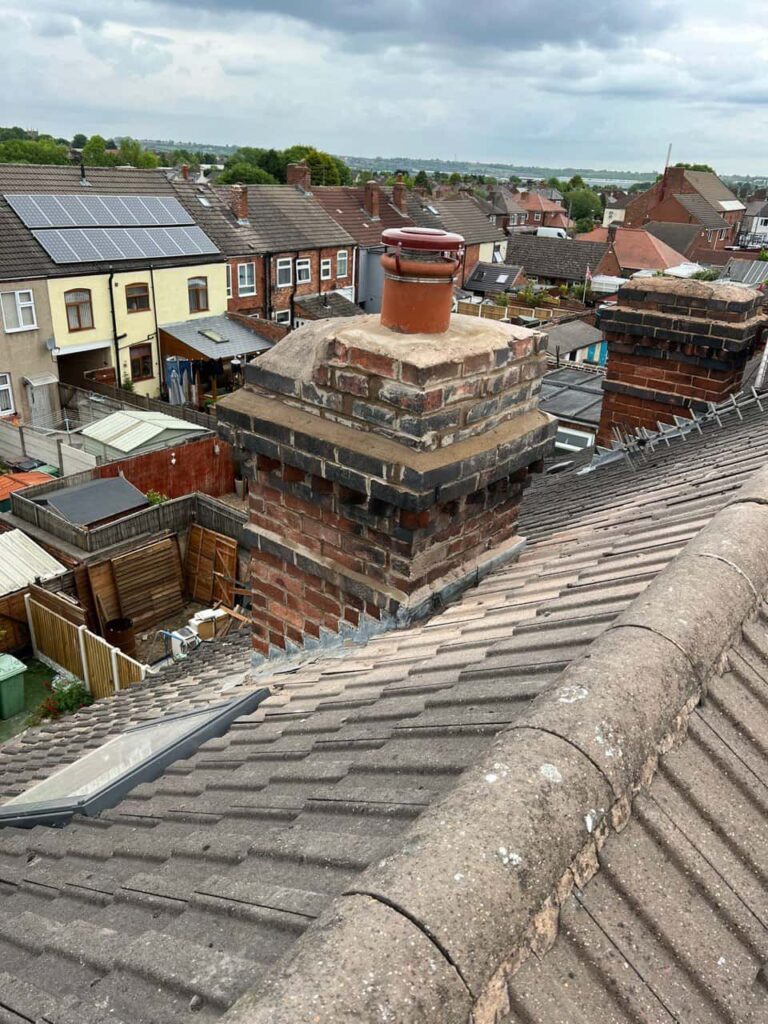Introduction
Your roof is one of the most important structures protecting your home, yet it’s often overlooked until something goes wrong. Whether you’re dealing with leaks, missing tiles or simply an ageing structure, knowing when it’s time for a replacement can save you a lot of money — and stress — down the line.
At Haywards Heath Roofing Repairs, we’ve helped countless property owners across West Sussex make informed decisions about their roofing. In this article, we’ll guide you through the most common signs that your roof may need replacing and what to look out for before things get worse.
1. Your Roof Is Reaching the End of Its Lifespan
Age is a strong indicator
Every roof has a life expectancy depending on its materials. If your roof is more than 20 to 25 years old, it might be due for a replacement — even if it looks fine from the ground.
Typical lifespans by material:
- Asphalt shingles: 20–25 years
- Slate tiles: 50+ years
- Clay tiles: 40–60 years
- Flat roofs (felt or rubber): 15–25 years
Older roofs may be hiding deeper issues beneath the surface, so it’s worth considering a professional assessment.
2. You Notice Curled, Cracked, or Missing Tiles
Damaged materials compromise performance
Tiles or shingles that are curling, cracked, or missing altogether are strong indicators that your roof is no longer offering full protection. These types of wear reduce your roof’s ability to shed water effectively.
Keep an eye out for:
- Bald patches where granules have worn away
- Split or lifted tiles after storms
- Sections of roofing material found in the garden
This kind of damage can expose the underlying structure to moisture, leading to rot or mould — a much bigger problem in the long term.
3. Frequent Leaks or Water Stains Inside
Water ingress is a warning sign
If you’re spotting water marks on your ceiling or walls, especially after heavy rain, there’s a good chance your roof isn’t doing its job properly. Water can find its way through even the smallest cracks and wreak havoc over time.
Signs of water damage include:
- Stains or discolouration on ceilings and upper walls
- Damp smells in loft spaces
- Peeling paint or bubbling plaster
At Haywards Heath Roofing Repairs, we often find that leaks are the symptom of a bigger underlying issue, not just a small repair job.
4. You See Daylight in the Loft
Gaps in the roofline mean trouble
If you head up into your loft and can see light peeking through the roof boards, it’s time to act. While small gaps may seem harmless, they can allow in water, draughts, and even pests.
Causes can include:
- Missing or slipped tiles
- Deteriorated underlay or felt
- Structural movement in the roof timbers
Even if the light entry seems minimal, it’s a clear sign the roof’s integrity has been compromised.
5. Sagging Roofline or Uneven Areas
Structural issues shouldn’t be ignored
A sagging roof is more than just an eyesore — it’s often a sign of structural failure. It could be due to weakened timbers, long-term water damage, or substandard installation.
Visual indicators of sagging:
- A dip or curve in the middle of the roof
- Uneven lines along the ridge
- Visibly sunken patches, especially in older homes
This is a serious issue and should be looked at immediately by a roofing professional.
6. Moss, Algae, or Plant Growth
Nature taking hold could be a sign of decay
Moss or algae may look minor, but they retain moisture and can accelerate the degradation of roofing materials. Over time, this can cause tiles to weaken or crack.
Problems caused by organic growth:
- Trapped moisture leading to wood rot
- Displacement of roof tiles
- Increased risk of leaks
While cleaning off moss can help temporarily, persistent growth may indicate your roof is retaining too much moisture — a sign it may be time to replace.
7. Rising Energy Bills
Poor insulation from a failing roof
If your heating costs are creeping up and there’s no obvious cause, your roof could be part of the problem. As roofs age, they lose their insulating properties, allowing more heat to escape.
How to spot it:
- Sudden increase in heating usage
- Cold spots in upstairs rooms
- Drafts even when windows and doors are closed
Replacing your roof can improve thermal efficiency and make your home more comfortable year-round.
Conclusion
Recognising the signs of a failing roof early can save you thousands in emergency repairs or damage to your home’s interior. Whether it’s visible damage, water ingress, or just the age of the structure, it’s always better to act sooner rather than later.
At Haywards Heath Roofing Repairs, we offer professional assessments and honest advice to homeowners across Haywards Heath and West Sussex. If you’re unsure about the condition of your roof, contact us today for expert support and a tailored solution. Let us help you protect your home, now and for the future.
Call us on: 01444 718 199
Click here to find out more about Haywards Heath Roofing Repairs
Click here to complete our contact form and see how we can help with your roofing needs.

